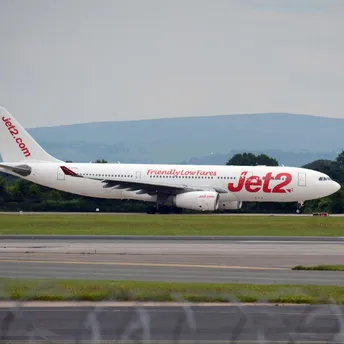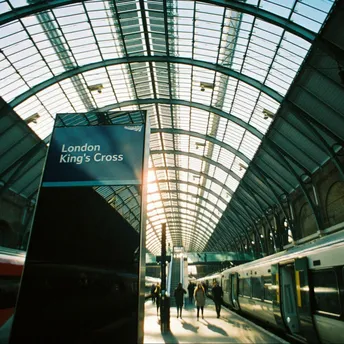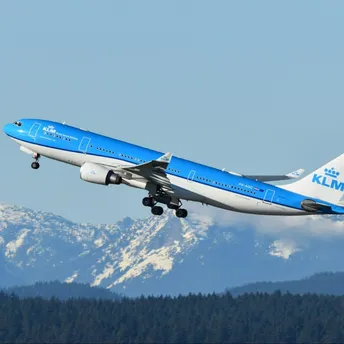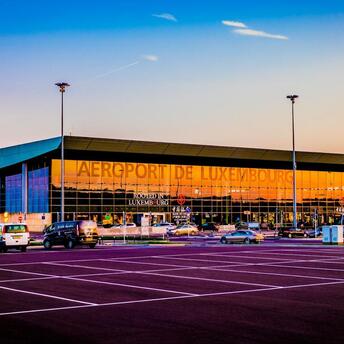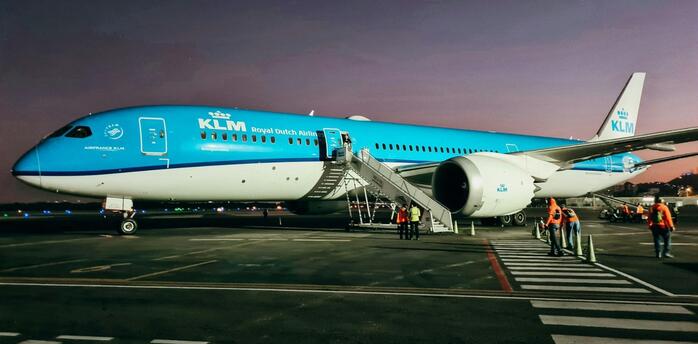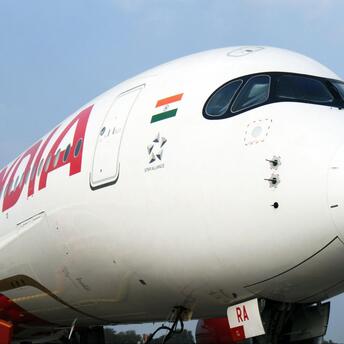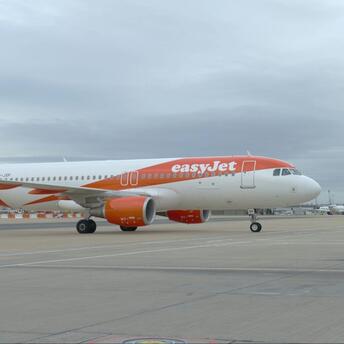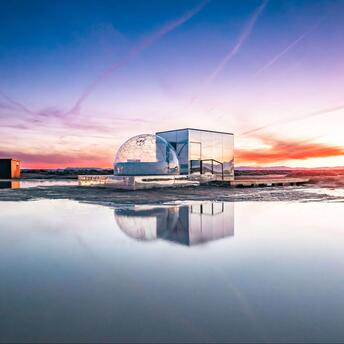Europe’s New Era of High-Speed Rail Travel: A Revolution in Connectivity
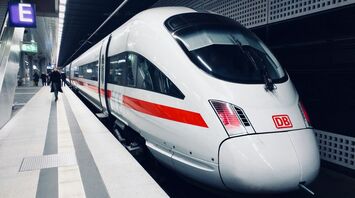
Europe is undergoing a transformative shift in its transportation landscape, as high-speed rail travel becomes increasingly prominent across the continent. With new routes linking major cities at unprecedented speeds, travelers are now opting for rail over air travel, driven by environmental consciousness and convenience. Countries like France, Spain, Italy, and Germany have invested heavily in expanding their rail networks, offering seamless connections that reduce travel time between key destinations. High-speed trains now provide an alternative that balances speed, sustainability, and comfort.
One of the highlights of this revolution is the growing popularity of international high-speed routes. The newly launched services, such as France’s TGV, Spain’s AVE, and Italy’s Frecciarossa, make traveling between countries faster than ever, bridging regions that were previously more reliant on air travel. The Paris to Berlin route and the Milan to Paris connection are prime examples of this. These services offer reduced journey times while also enhancing the experience through comfort and cutting-edge technology.
One of the key factors behind this rapid expansion is the growing awareness of the environmental impact of travel. As travelers increasingly seek eco-friendly alternatives, high-speed rail provides a lower carbon footprint compared to short-haul flights. This transition is significant for Europe, where distances between major cities are ideal for rail travel. As electric trains become the standard, high-speed rail is a perfect solution for reducing carbon emissions without compromising on speed or convenience.
For more in-depth insights, the article on National Geographic provides a comprehensive overview of this shift in European travel here.
Analysis: The Future of European Travel
From a travel perspective, the rise of high-speed rail is set to redefine how Europeans—and visitors—explore the continent. The convenience of hopping on a train in city centers and disembarking at another metropolitan hub, all without the hassle of airport security or check-in delays, makes trains a top choice for those seeking ease of travel.
Beyond convenience, these new high-speed lines are fostering greater regional integration. As cities become more interconnected, local economies benefit from increased tourism, business travel, and trade. Routes such as Brussels to London or Rome to Naples have further enhanced accessibility for commuters, tourists, and business professionals alike.
Sustainability is also a major driving force. Governments and railway companies are responding to the growing public demand for greener options. High-speed trains, powered by electricity and in many cases increasingly reliant on renewable energy sources, are positioning themselves as a solution to one of travel’s biggest environmental challenges—reducing carbon emissions.
The continuous expansion of Europe’s high-speed rail network will likely lead to new routes, better services, and increased competition between train operators. As more travelers embrace the ease and eco-friendliness of high-speed rail, Europe’s transportation landscape is poised for a greener, faster, and more interconnected future.



